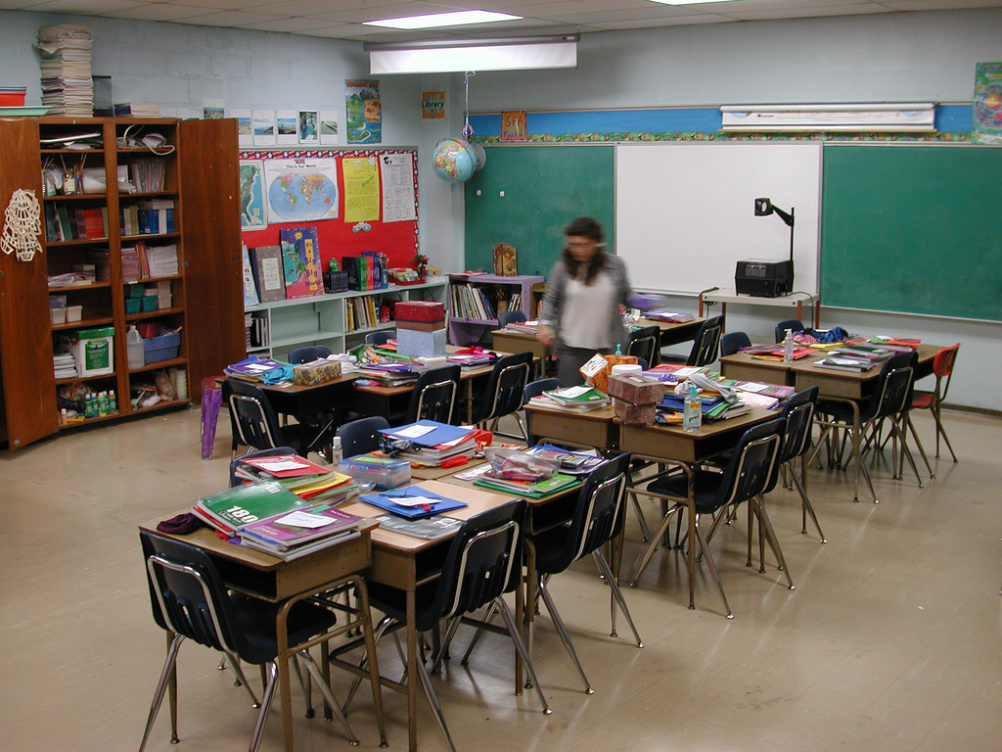Designing the future – what the new curriculum means for design education
D&T Association chief executive Richard Green explains the new design curriculum.

Source: Editor B
We Brits are masters of design. From Christopher Wren and Thomas Andrews to modern-day pioneers like James Dyson and Jonathan Ive, we have a pedigree that we’re quite rightly very proud of. We were also the first country to introduce Design and Technology (D&T) as a core subject for all primary and secondary pupils in 1989, and D&T educators from all over the world still travel to the UK to learn from the best.
But our future status as a hot-bed of creative talent is under threat. As Martin Roth, the director of the Victoria & Albert Museum, wrote in the Evening Standard just last week, there is a worrying gap developing between what design students need to know and the skills they actually possess.
In the past two years, though, a lot of work has been done to close that gap. We successfully campaigned to keep D&T as a National Curriculum subject, convinced the Government to completely rewrite its first draft for the new curriculum, and worked with the design and engineering industries to advise the Department for Education (DfE) on what the subject content should be, ensuring it was more closely aligned with real-world applications – something we know harnesses children’s natural enthusiasm for designing and making.
This new curriculum comes into effect in four weeks. To paraphrase, it includes requirements for pupils to:
- Creatively design and make products that solve real problems, considering their own and others’ needs, wants and values
- Acquire a broad range of subject knowledge and draw on disciplines such as maths, science, engineering, computing and art
- Learn how to take calculated risks, becoming resourceful, innovative, enterprising and capable citizens
- Gain the skills needed to engage in an iterative process of designing and making, using techniques such as biomimicry and user-centred design to develop unique creative ideas
The best schools are already meeting these requirements, but many need support. Accountability measures for both primary and secondary schools focus on English, maths and science, while the English Baccalaureate prioritises ‘traditional’ academic subjects over creative, practical subjects like D&T. As a result D&T is being squeezed out of GCSE option choices, even though students say it is one of their favourite subjects and businesses say it develops the skills they want to see in future employees.
Meeting the challenge
The new curriculum provides an excellent framework and the D&T Association is working hard to support teachers – we’ve already published a new scheme of work for primary schools, with one to follow for secondary schools later this year. We’ve just launched our Great British Make Off competition, providing teachers with curriculum-ready materials, and our Skills Gap Programme provides materials to help teachers link D&T to real-world scenarios. We’re also working with the DfE and exam bodies on next year’s GCSE and A-level reform.
There are certainly reasons for optimism. We know that well-taught D&T can equip children with skills valuable in any career, not to mention the practical design skills that might inspire some to become the next generation of entrepreneurs, engineers, computer scientists and designers.
But as Martin Roth rightly says, subjects like D&T ‘are not considered “core” to the National Curriculum and so they lack funding and facilities’ – while this mentality persists we risk losing our world lead. What we need is Government recognition of D&T’s value. It must be seen as an essential part of every child’s education, rather than being marginalised or lost because of a focus on narrow accountability measures.
Richard Green is chief executive of the Design & Technology Association.
-
Post a comment




